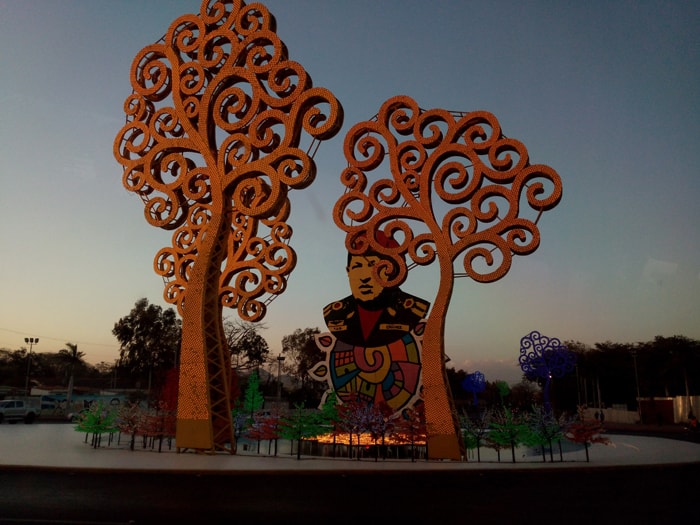MANAGUA, Nicaragua — How does a PR-savvy Costa Rican airline publicize its expanded flights to Nicaragua and its new, roomier planes? By flying 14 journalists to Managua and back in a 16-hour tour highlighting how much you can see of Costa Rica’s northern neighbor without even spending the night.
So how was it? Pretty much diakachimba.
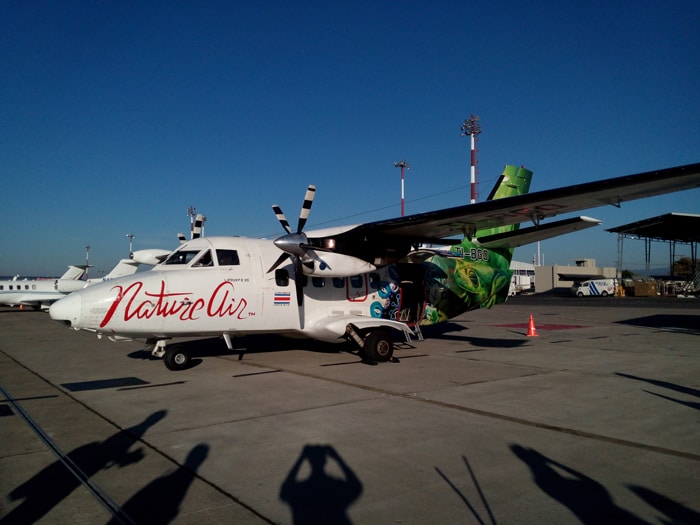
Starting next week, Nature Air will be offering two daily round-trip flights from San José to Managua, enabling executives from either country to conduct a day of business in the other and still sleep in their own beds.
“We have an excellent price right now, with a [round-trip] fare of $250, while other airlines are charging $700 for the same route,” said Nelson Vega, commercial director for Nature Air, in an interview for TV after a 40-minute boat ride to a beautiful lunch spot in the Islets of Granada.
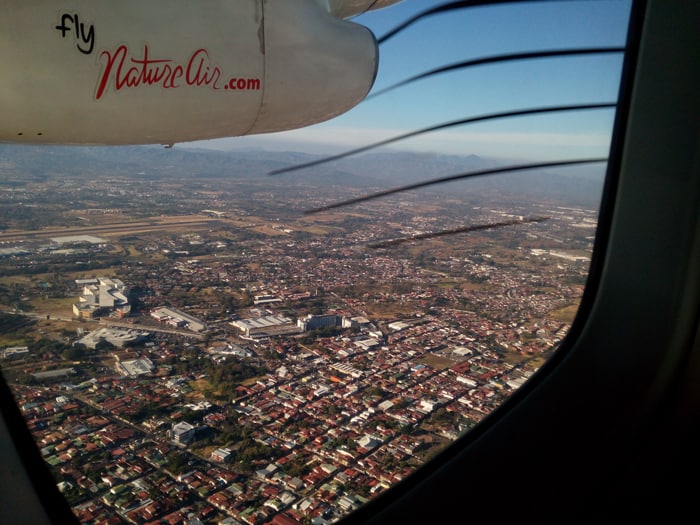
“We’ll have two daily flights starting next month,” he said. “Right now we have one daily flight that leaves from Costa Rica at 7:05 a.m., and a second flight we’re opening will leave Costa Rica at 5:30 p.m.”
The same planes will fly back from Managua to San José at 8:30 a.m. and 7 p.m. Each flight lasts 55 minutes.
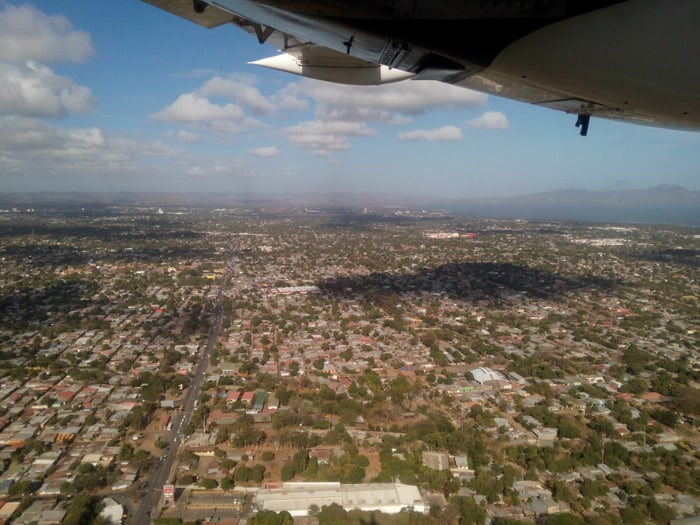
Tuesday’s media tour started at 5 a.m. at Juan Santamaría International Airport in Alajuela, where the first order of business was for Nature Air to pay journalists’ $29 exit fee.
We were airborne shortly after 7 a.m. and landed in Managua an hour later. Passenger space was tight but not cramped, with three seats in each row of the new twin-engine plane.
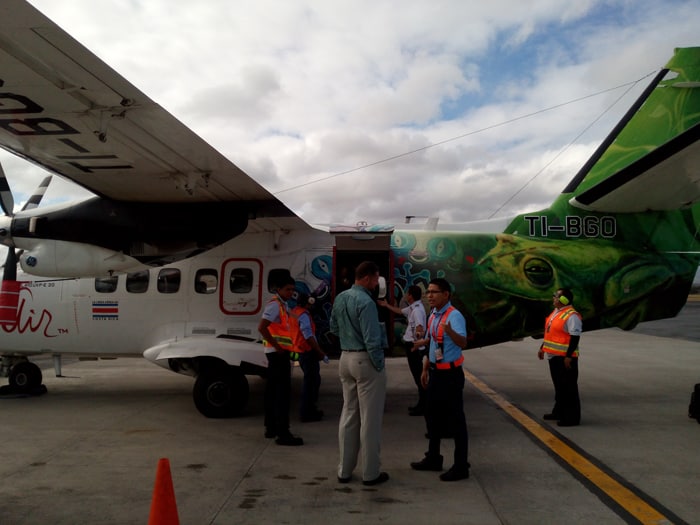
Upon arrival we were welcomed by Sylvia Levy, president of Nicaragua’s National Chamber of Tourism, who said, “We’re very happy that tourism in Nicaragua is on the rise. In this year of 2016, we’re expecting to have about 1.5 million international tourists who will spend around $500 million.”
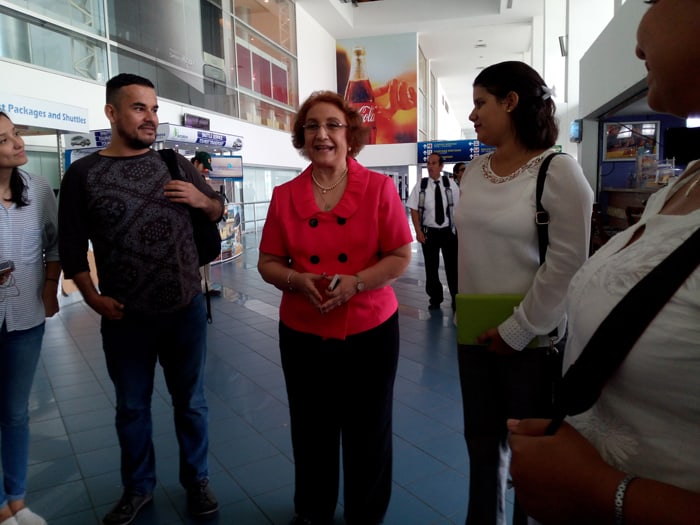
That’s a lot of millions. As Levy spoke, construction workers were making a huge racket, pounding hard objects against each other — “BANG! BANG! BANG!” — which was unfortunate for the TV crews, but seemed to demonstrate that the airport is hard at work to welcome this hoped-for tourism surge.
“Little by little we’re gaining that international reputation as the safest country in the region,” Levy said (a bold statement to make in front of a dozen Ticos). “We’re in a period of peace and tranquility; the volcanoes are active but there’s no danger, and we’ve had volcanologists from the United States to assess the situation. So again, welcome, good luck, and we’re here to serve you.”
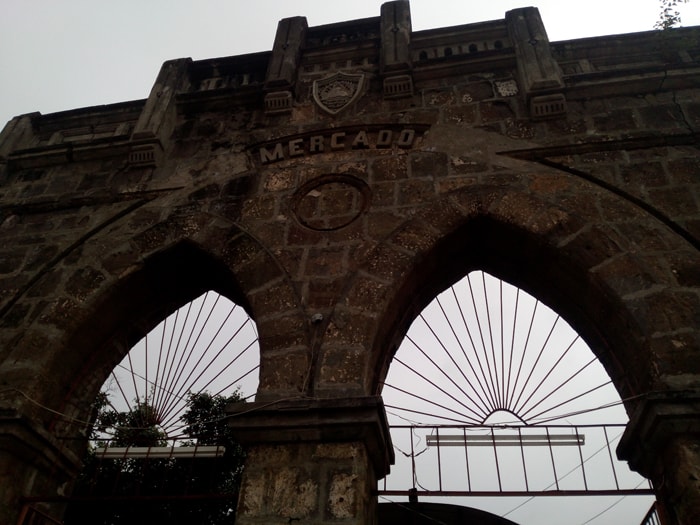
Our junket hit a snag when customs flagged a TV crew’s gigantic videocamera, asking to see a permit for it. We had to leave two people behind for a couple of hours while this international press crisis was sorted out by an official letter from the Costa Rican Tourism Board.
The rest of us boarded a bus and headed for Masaya, said to be the cradle of Nicaraguan folklore, while tour guide Edgard Balladares narrated an excellent overview of Nicaragua’s history. Long before the Panama Canal, boats could sail up the San Juan River and across Lake Nicaragua, leaving only a short trudge across a narrow isthmus to the Pacific Ocean. From there, boatloads of people from the Eastern U.S. continued on to the gold country in California.
Nicaragua was in a prime geographic position to build Central America’s crucial trans-oceanic canal, which would be worth billions to this country today. But as the world turned, it lost a race with Panama.
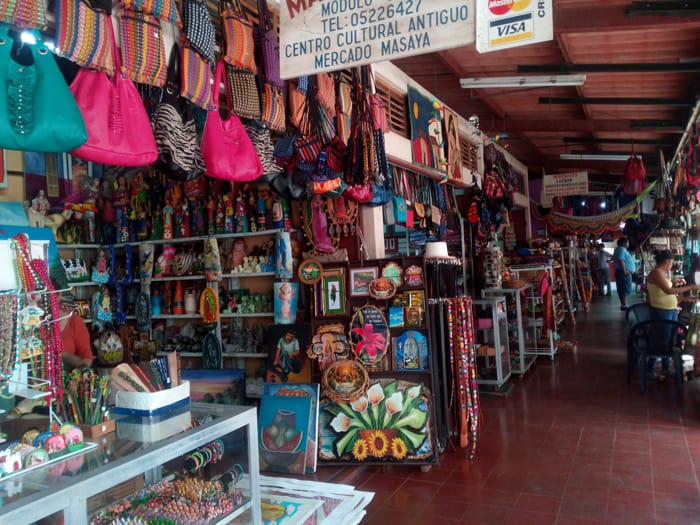
As we drove away from the airport, I couldn’t help noticing that there was an appalling amount of trash lining all the roads, in addition to scrawny dogs, bony horses and indigent people. In fact, we spotted one man walking along the shoulder who was completely naked except for a loincloth.
We stopped at a big market in Masaya and spent a half-hour exploring the scores of stands offering ceramics, leatherwork, paintings, hammocks, hats and shoes.
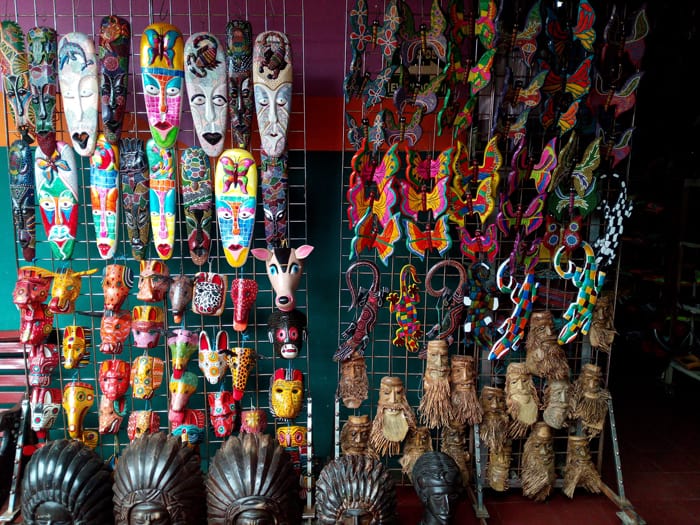
Then we were off to the extremely windy Mirador Catarina, which had a stunning view of the Apoyo Lagoon, a crater lake formed by volcanic activity 23,000 years ago.
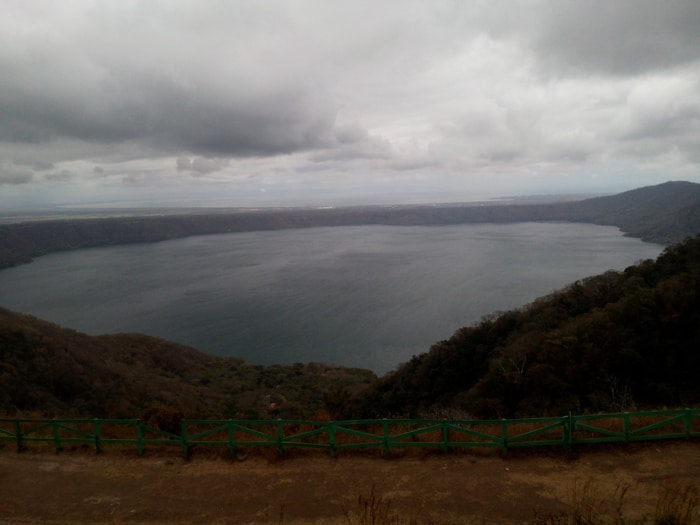
We did a quick driving tour of the colorful colonial city of Granada, where we were happily reunited with the two-person film crew, who had finally managed to get their camera through customs.
Next we took a 40-minute boat ride through the Islets of Granada, an archipelago of over 350 small islands in Lake Nicaragua formed when the Mombacho Volcano blew its top thousands of years ago, scattering much of its cone into the lake. Today many of these islets sport palatial homes and resorts.
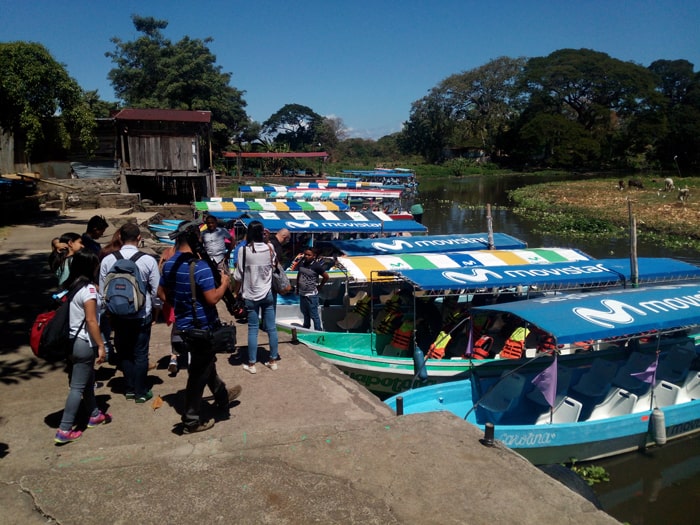
After a buffet lunch on one of the islets, Vega from Nature Air granted an interview to the TV crew that had the camera problem.
“We’re also focusing a lot on national tourism,” he said in Spanish, “because we’ve noticed in recent months that Ticos don’t travel within their own country, they don’t know it, and the ones who use the air resources are primarily foreigners. So we have very interesting, very attractive promotions — for Feb. 14 we had a promotion of 14,000 colones, for example, to any destination in Costa Rica. … And the response among nationals has been impressive.”
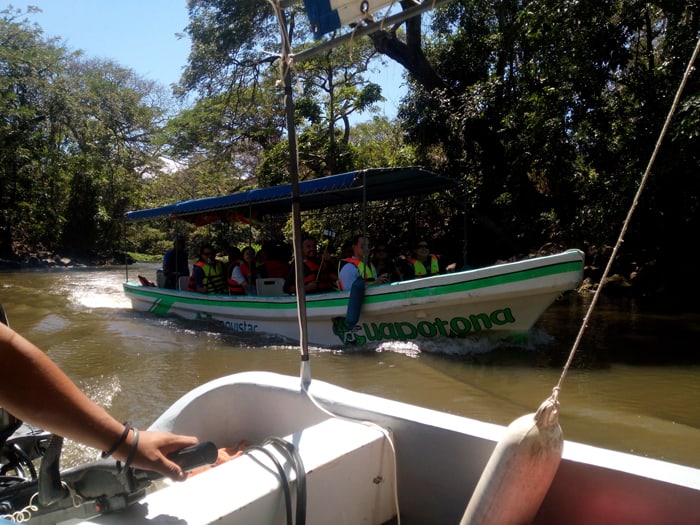
Switching to English, Vega talked to me about how in addition to its new flights, Nature Air was showing off its new fleet of Czech-made Let L-410 turboprops, which have been flying since December.
“We’re talking about two-engine planes that are close to 34 percent faster,” Vega said. “They have more cabin room, more space, more seats. And environmentally, they’re more fuel-efficient.”
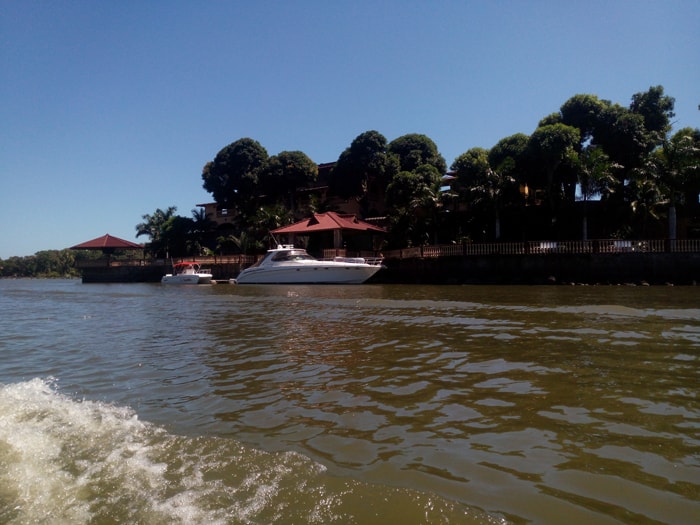
The airlines’ older planes were 12- and 15-seaters, he said, and the new ones have 19 seats.
“We manage the same flights, but now we have four to seven more seats, and that is allowing us to have better fares,” he said.
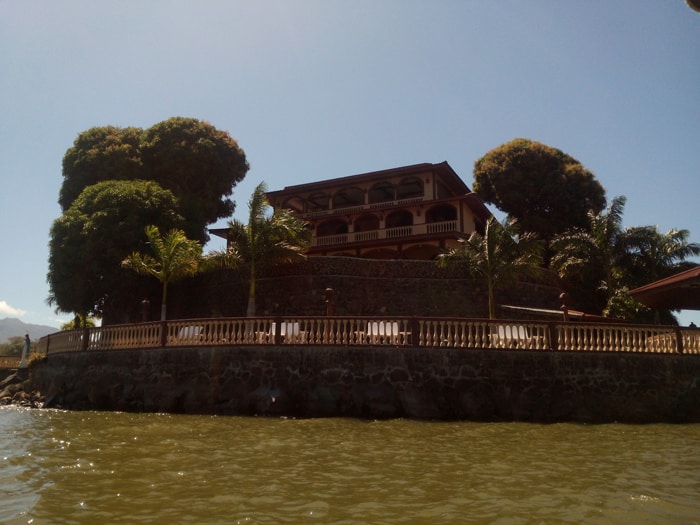
Among Costa Rican travelers, he said Nature Air saw an increase of 236 percent between February 2015 and February 2016.
“Last year we flew 22,000 Costa Ricans, and our goal for this year is to fly 50,000 Costa Ricans,” he said.
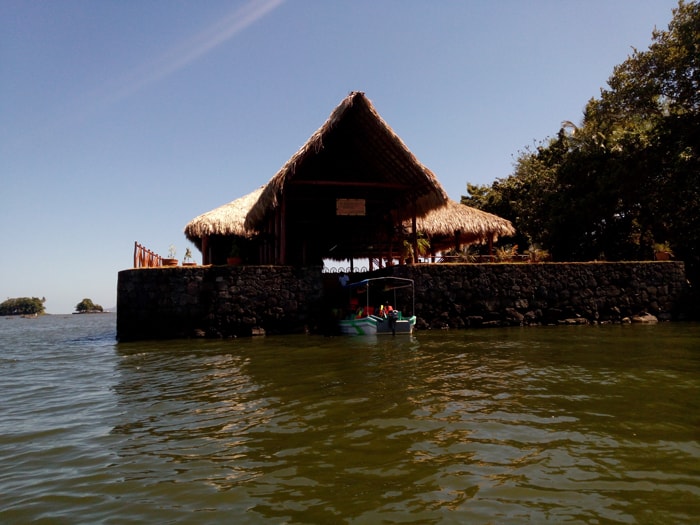
The most amazing thing Vega told me was that Nature Air has only five airplanes — yet flies to 60 destinations a day.
When I asked about the recent contest to design the fleet’s airplane tails, he noted that all the fleet’s distinctive tails now have different designs on the left and the right. Top that, American Airlines.
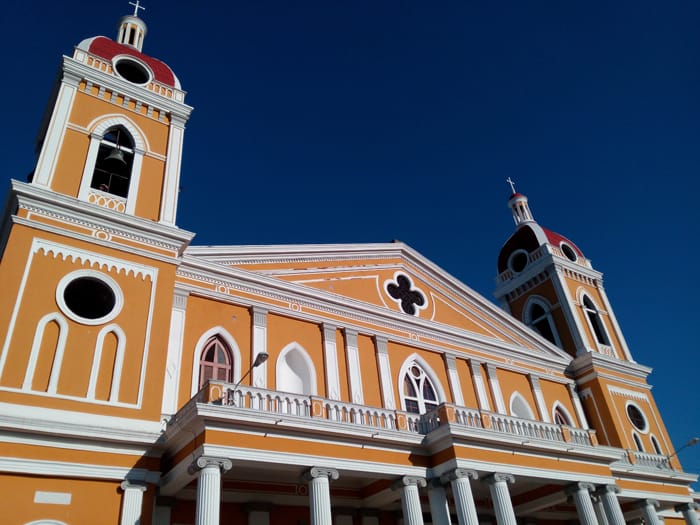
After a hot, sunny boat ride back to shore, we returned to Granada for a half-hour stroll down a cobblestone street lined with restaurants, lodging and even loose horses.
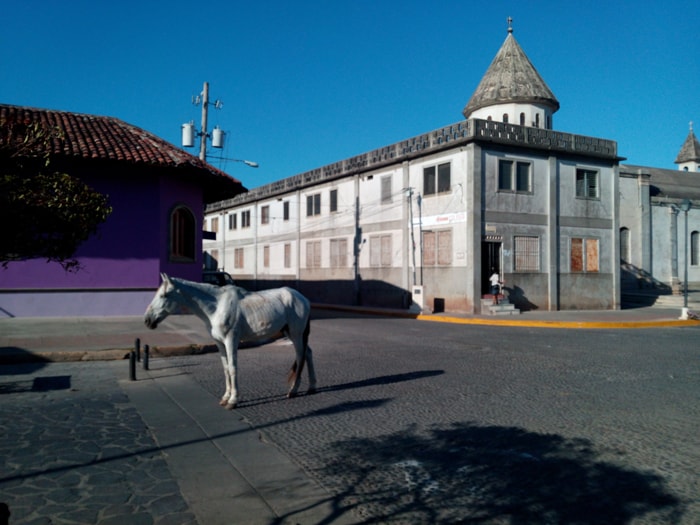
Then we drove back to Managua, where the highway was festooned with dozens of giant, multi-colored towers resembling trees, apparently meant to evoke Mother Earth, and mothers in general. Tour guide Balladares noted that each one of them cost $10,000.
The strangest site was a roundabout with a huge image of the late Venezuelan strongman Hugo Chávez — “or as he’s sometimes called,” Balladares said, “the Steven Seagal of Latin America.”
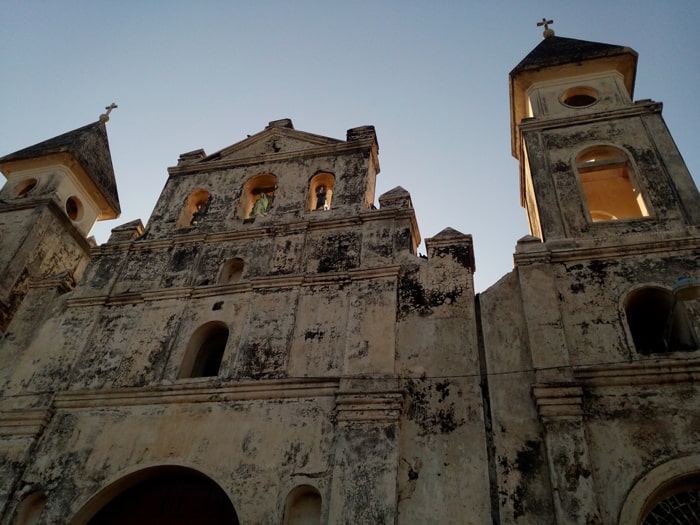
(A Nicaraguan publicist on the tour explained to me that the leftist governments of Nicaragua and Venezuela were very close, as were the personal connections between Chávez and Nicaraguan President Daniel Ortega.)
We headed for Puerto Salvador Allende at the malecón, the long, brightly decorated walkway fronting Lake Xolotlán. Balladares noted that it was happy hour, evoking some glee among the journalists. I learned that to allow time for a round of drinks and a bite to eat, our return flight to Costa Rica had been pushed back from 7 to 8 p.m.
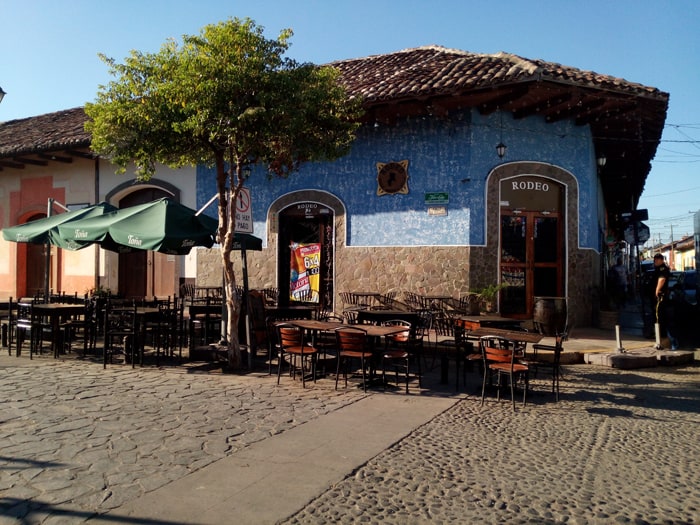
Full disclosure: Nature Air paid every penny of all journalists’ expenses Tuesday. Free publicity, it turns out, is not free.
The landing in Costa Rica came with a weird soundtrack — a recorded voice in English announcing our distance from the tarmac: “50, 40, 30, 20, 10” — and then after a pregnant pause, the plane touched down smoothly.
The pilot taxied to a stop and shut off the plane.
“Welcome to San José,” he said. And then he grinned. “Well, really, Alajuela.”
“You can’t fool us!” a journalist shouted.
Contact Karl Kahler at kkahler@ticotimes.net.

